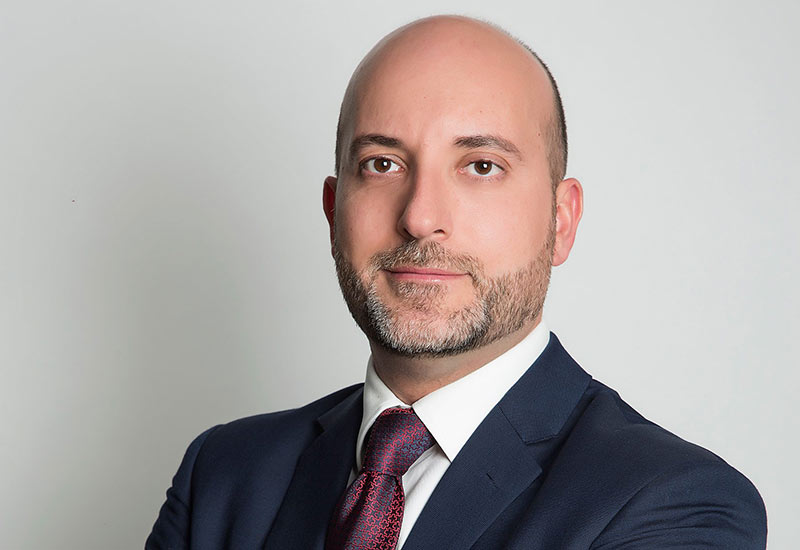There is always a moment in my university classes when I ask my students the following question: “an investor purchases a hotel in the open market for AED 100m and this hotel is rented out at a fixed amount of AED 8m per year. How much is the return on the investment?”
Most of my students immediately answer 8% (8m divided by 100m) but only few actually realise that, thanks to the magic action of the financial leverage, 8% is the minimum return you can achieve and this might actually only increase. So, let’s see how with the following examples.
Financing
When a hotel purchase happens, the investor usually talks with local banks to understand how much of the purchasing price could be financed. The proportion of the investment lent by the bank is known as “Loan To Value” ratio (LTV).
For our exercise, let’s assume that the bank is willing to finance 50% of the purchasing price: this means the bank will contribute with AED 50m while the investor will need to invest the remainder AED 50m out of his own money (also called “equity”). The bank will likely ask for an interest on the borrowed amount and we assume this to be 6%.

| Advertisement |
50% LTV scenario
This scenario is the one highlighted in the table below. In this case the investor uses AED 50m of his own equity with the remaining AED 50m financed by the bank. This generates an interest repayment of AED 3m (6% of 50m) per year.
Considering that the rent generated by the hotel is AED 8m per year, the amount of rent left for the investor after repaying the interest (Rent post-interest) is AED 5m which represents a return of 10% over the invested Equity (5m divided by 50m), higher than the 8% presented at the beginning of this article.
If we look carefully, the 8% return in my classroom question corresponds to the 0% LTV (equivalent to a 100% Equity), that is to say: the investor purchases the hotel entirely with his own money, without the help of any bank.
So, considering the above, why any investor should be happy with an 8% return if he can get a 10%?
If we look at the lower lines of the table, we can see how the equity Return % increases along with any increase in LTV. Hypothetically, moving to the last line, if the investor would be able to finance 99% of the purchase, his return would be an outstanding 206%! Knowing this, the original 8% compares very miserly, doesn’t it?
Does 99% financing happen in the real world?
It is unrealistic though to think that banks would lend 99% of the purchasing price as this basically means banks could buy the entire asset themselves. The role of banks is to facilitate investments through finance (and receive an interest in return) without getting too exposed to risks. Financing 99% of an asset significantly increases the risk therefore would not be considered acceptable by any bank.
As an example, mortgage levels for residential purchases in the UAE do not go above 75% for private individuals; it could therefore be surprising (even though not impossible) to see LTV for hotels higher than 50-60%. This is due to the additional risks carried by hotel real estate which are not in residential properties (i.e. business risk, liability with employees, etc.).
So, how can I achieve 99% financing and therefore 206% return?
In certain cases, lending institutions around the world have granted high LTV to very specific investors. Usually these investors have long-standing (and very lucrative) relationships with banks and, in many other cases, the investor has provided additional guarantees to cover the risk undertaken by the bank. What does it mean? If you are financially strong and are giving to the bank additional assets as guarantee, you might be able to increase your LTV and therefore maximise the leverage*. Imagine an investor purchases a hotel but also provide an office tower as additional collateral. In this case the risk taken by the bank would be much lower and therefore the LTV could go higher.
*Please note different investors also benefits from different interest rates when lending money through banks. For this exercise, we have assumed the difference is on LTV only.
Small Investor versus big investor
We have seen that LTV has a glass roof which could limit your return on investment but it also has direct implication on your purchasing price. Imagine the hotel you want to buy is the one above (AED 100m) and you can finance maximum 50%. This means you will spend AED 50m of equity and see a maximum return of 10%.
Imagine another potential buyer, financially stronger than you, is also looking to buy the same hotel but can finance 80%. In this case he will either enjoy a higher return (16% compared to 10%) or, if he is happy to see a return lower than 16%, he might actually offer a higher price.
About the Author: Giuliano Gasparini is chairman of HAMA MEA (Hotel Asset Management Association), Fellow at the Royal Institution of Chartered Surveyors (RICS), Committee Member of CRE (Counsellors of Real Estate) and Fellow at the Institute of Hospitality (FIH). Contact: www.linkedin.com/in/HospitalityAssetManagement.









 Search our database of more than 2,700 industry companies
Search our database of more than 2,700 industry companies









